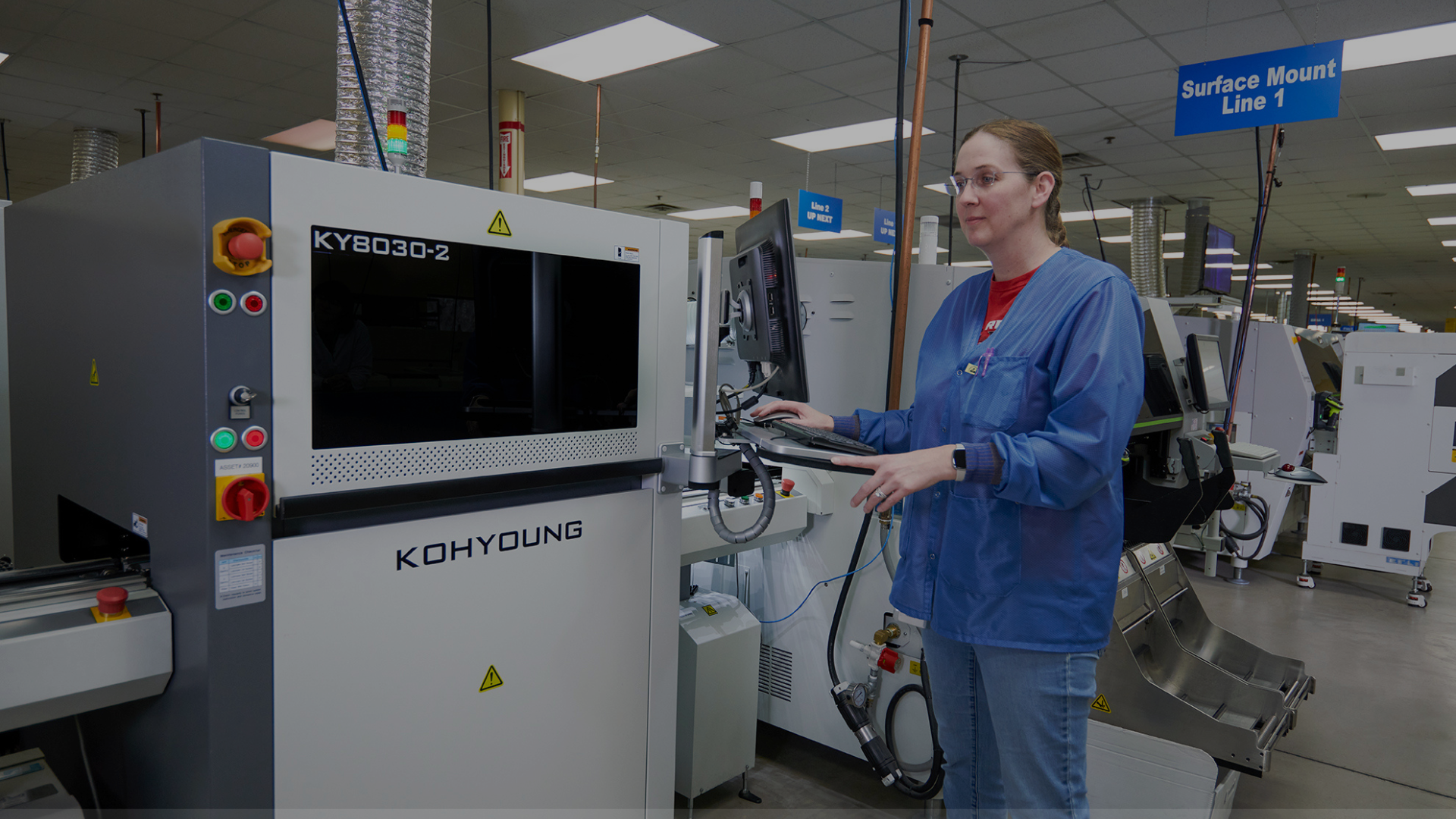Q2 2025 EMS Market & Supply Chain Update: Execution-Ready in a Mixed Market
As Q2 2025 wraps up, the electronics supply chain is walking a fine line between stabilization and reacceleration. Here's what we're seeing from the front lines of component sourcing and manufacturing execution.
Semiconductor Signals: Inventory Normalizing, but Not Out of the Woods
Component inventory levels are coming down. Customers are no longer sitting on excess stock, and general-purpose parts - MCUs, logic ICs, discretes - are showing more predictable pricing and lead times.
But calling this "stable" would be premature.
The AI boom is pressuring the market in very specific ways. Components tied to high-performance computing - DDR4/DDR5 memory, HBM, SSDs, FPGAs, GPUs - are facing growing demand and tighter availability. Industry chatter includes some memory vendors phasing out legacy DDR4 by the end of 2025, a move that could tighten availability further. This isn't confirmed in all quarters, but it reflects the trajectory: mainstream components are manageable, AI components are tightening.
Demand Shifts: Strength Where Execution Matters Most
What's heating up?
- AI, Automotive, Aerospace/Defense, and Industrial sectors continue to show robust demand.
- Sensor demand is rising in lockstep with AI-driven applications.
- Defense and Aerospace lead times are extending, especially for specialized interconnect and IP&E components.
On the other hand, consumer electronics remains weak. Many OEMs are still cautious, placing short-cycle orders, and watching how new U.S.-China tariffs will affect end-user pricing and demand recovery. We don't expect a meaningful rebound in this sector until inflation and tariff pass-throughs settle.
Supply Chain Risk: Planning Around the Known Unknowns
Trade tensions, tariffs, and export controls continue to shape EMS execution. From China-sourced discretes and connectors to country-of-origin compliance, the impact is real and rising.
Strategic Shifts: Reshoring, Automation & Integration on the Rise
What OEMs Should Do Now
If you're sourcing assemblies with any AI, industrial, or defense content, consider the following:
- Validate your BOMs for high-risk parts - especially memory, sensors, and power ICs.
- Lock in Q3/Q4 builds sooner to stay ahead of possible lead time tightening.
- Ask your EMS partner for visibility tools - like real-time risk flags, allocation tracking, and sourcing options.
- Reassess your ordering cadence - PO-to-PO might limit flexibility as the market tightens.
- Consider split region strategies if tariffs or export controls impact your current footprint.
These steps don't just help you respond - they help you stay ready.
The second half of 2025 will test every OEM's supply chain - especially those relying on AI-heavy designs or defense-regulated components. If you're still waiting for clarity from your EMS partner, you may already be behind.
Join Our Subscribers!
You May Also Like
These Related Stories

Everything Under One Roof - Design to Manufacturing

Explaining the Main Categories of HMI


